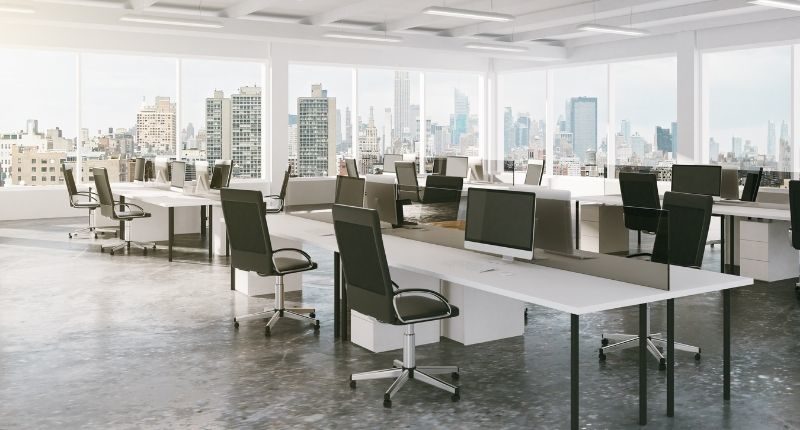- More than 85% of Australians desire to WFH at least one day a week
- Strong employment growth and workspace restructuring to help offset impact of WFH on office tenant demand by 2026
- Landlords reminded to ensure office space remains flexible as desires shift
While office owners are bracing for a projected decline in tenancy demand brought about by a rise in work from home arrangements, new modelling suggests there may be little reason for worry.
A report released by Cushman & Wakefield expects to see a net decline in office tenant demand of between 5% and 15% in the next three to five years.
The analysis indicates that demand should be restored however by 2026, fueled by strong employment growth and the necessity for additional space to accommodate changes in workplace structures and space utilisation.
Employment growth to assist in rebalancing of demand
The report also revealed the low desire of Australians to work regularly in the office, with fewer than 15% of respondents indicating a preference to be in office every day or nearly day.
Similarly, only 50% of office workers expressed a desire to attend the office between one and four days a week, indicating office occupancy rates are poised to fall as more workplaces adopt flexible working arrangements.
“Modelling shows that at a relatively high occupancy ratio of 80%, which is based on all staff working from home one day per week, and assuming no change to workspaces, the workforce would need to grow by 24% to offset the reduced space requirement.”
Cushman & Wakefield Office Demand Report
Employment growth is one of two major factors the report predicts will help offset the impact of remote working arrangements on office tenant demand.
Employment forecasts made by the Reserve Bank of Australia this year reflect an expectation for employment rates in major cities to surpass 10% growth by 2026.
John Sears, Cushman & Wakefield’s Head of Research said, “Given the average CBD weighted average lease expiry (WALE) is about five years, many tenancies could move through a first iteration of more agile working in the next leasing cycle.
“When coupled with strong employment growth, we should see the drag on
tenant demand from WFH wash through by 2026.”
Spaces to shift towards collaborative work
Alongside strong employment growth, fundamental changes in workplace structure and space utilisation will also be a key contributor to the rebalanced tenant demand expected by 2026.
Cushman & Wakefield’s modelling suggests the incentive to retain talent and increase productivity will drive workplaces to restructure the office space.
This is likely to manifest in the redistribution of space, particularly in transforming individual work spaces to be fit for collaborative work and increasing the amenities available to employees.
“Due to strong employment growth, changing space utilisation and the war for talent, we believe that WFH will not lead to large falls in occupancy across office markets in the medium-term.”
Chris Marrable, Cushman & Wakefield
“Our base case scenario is an overall reduction in space demand from more agile working in the order of 5% to 15%,” said Cushman & Wakefield’s Director of Strategic Consulting, Chris Marrable.

The report indicates that based on the average of four scenarios, this redesign of the workspace should alleviate the impact on declining occupancy ratios by 10.2%.
“We have seen an increasing trend towards tenants seeking to uplift their space to attract and retain good talent and encourage employees back into the office,” said Cushman & Wakefield’s Head of Leasing, Tim Molchanoff.
“While the smaller tenancies set the pace early, we are now seeing healthy enquiry levels among larger tenants.
“That’s already supporting an increased need for space as tenants work through their longer term flexible working policies, and is expected to lift as the return to CBDs continues,” Mr Molchanoff explained.
While these insights may bring relief to office owners fearing the rise in remote work, landlords are reminded to ensure they keep their office spaces able to meet demands.
“The war for talent and flight to quality will motivate occupiers to re-engineer the office experience, whilst landlords should ensure their properties have excellent amenity with the flexibility to adapt to changing tenant needs,” Mr Marrable concluded.








